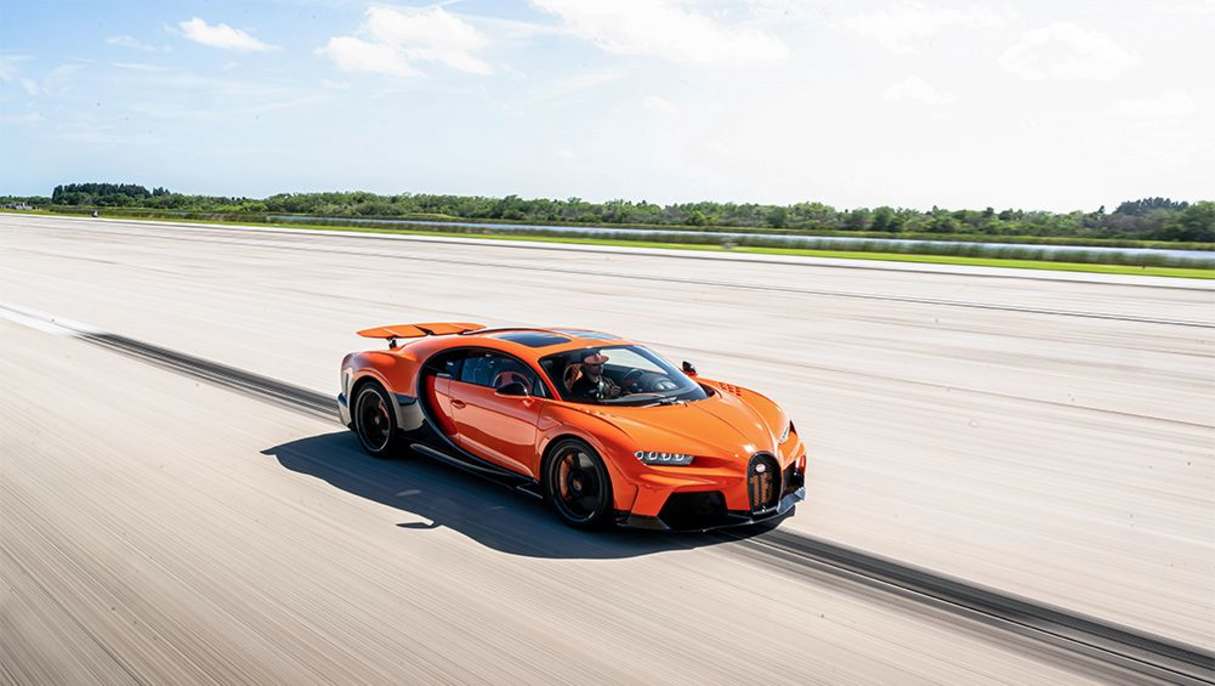In an era when car manufacturers are downsizing engines and switching to electric motors as they strive to reduce emissions, Bugatti has decided that for its next hypercar arriving this year it will drop the W16 and replace it with an even more powerful and monstrous V16! But it will be a hybrid.
The news ends months of speculation about what will power Bugatti's successor to the Chiron which has an 8.0-litre W16 with four turbochargers making a neck-snapping 1177kW of power and 1600Nm of torque.
Yes, in what appears to be akin to putting a leaf of lettuce on a triple cheeseburger and calling it health food, Bugatti’s V16 in its upcoming new hypercar will have a hybrid powertrain.
Bugatti has even posted a short video on its YouTube channel of the new V16 firing up and climbing high through its stratospheric rev range.
While rumours abound on internet forums about who will make the V16 (Cosworth is the current word on the street), not much is known about the output nor the size of the electric motors.
In a statement that came with the V16 announcement Bugatti hinted that we can expect a hypercar that exceeds the capabilities of the Chiron.
“With each generation of its hyper sports car, Bugatti has shifted the benchmark of design, engineering, performance and craftsmanship to new heights,” the statement reads.

“And this year, eight years to the day since the Chiron was revealed, Bugatti shows the world the first page of the newest chapter in its rich history.”
According to the statement the Chiron's successor will arrive in June this year and despite it having a hybrid powertrain will still be a true Bugatti.
“In June, the modern-day lineage of Bugatti – first established with the Veyron 16.4 – will welcome its latest evolution; a new automotive pinnacle with a V16 hybrid powertrain at its heart. Incomparable in every detail, it is a pure embodiment of Bugatti’s DNA, created not just for the present, or even the future – but “Pour l’éternité.”

There might be more to the notion of a hybrid hypercar than just environmental responsibility, however. Low-emission zones are common throughout Europe and new hybrid vehicles are exempt from paying the charge. Then again with the new Bugatti supercar expected to cost more than $4 million, we can’t see them concerned about the $25 charged by driving through London’s Ultra Low Emissions Zone.
Still the upcoming hypercar will have big tyres to fill (255/25R21 Michelins if you must know). The Chiron arrived in 2010 to replace the Bugatti Veyron which also used the W16 and held the title of world’s fastest production vehicle with its unbeatable 431.072km/h top speed. Then in 2019 the Chiron Super Sport 300+ beat that with a record 490.84km/h.
The name of the Chiron’s successor is still secret, but the car itself will be the last from retiring Design Director Achim Anscheidt who gave us the Veyron and Chiron.





.jpg)


.jpg)
.jpg)
.jpg)

.jpg)

.jpg)







.jpg)
.jpg)
.jpg)


.jpg)
